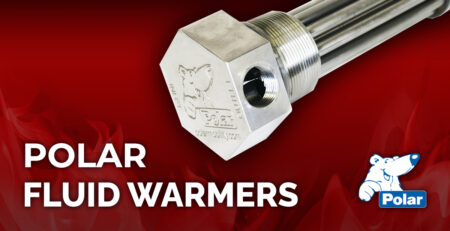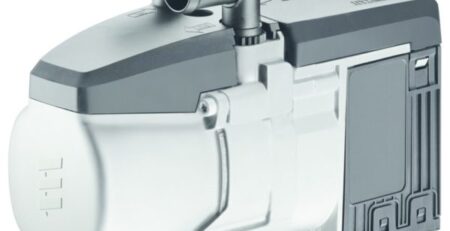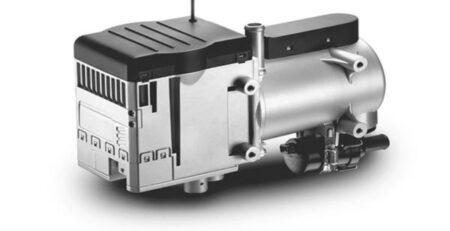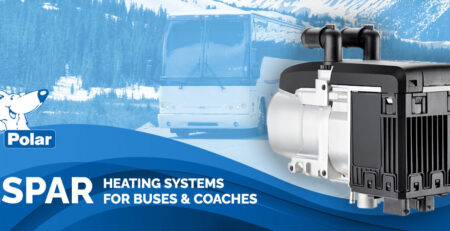Five Reasons to Implement The ISO 23875 Cab Air Quality Standard
The ISO 23875 cab air quality standard is a critical international standard designed to protect heavy machinery operators from harmful particulate exposure. While initially developed for the extreme conditions of the mining industry, ISO 23875 is now recognized as a best practice across various heavy-duty sectors, including construction and industrial operations.
What is ISO 23875?
The ISO 23875 is an international standard focusing on air quality control within heavy equipment cabs and operator enclosures. Since 2021, it has provided guidelines for designing, testing, and maintaining HVAC systems in these environments to ensure worker safety and comfort.
ISO 23875 outlines performance requirements such as controlling respirable particulate matter and maintaining safe CO2 levels. By implementing this standard, companies can ensure a consistent approach to air quality management, protect operators from hazardous dust, and improve overall working conditions.
Five Benefits of ISO 23875
Here are five compelling reasons to implement this standard in your operations.
1. Protect Operator Health
ISO 23875 addresses one of the most pressing concerns in industries like mining and construction: operator exposure to respirable particulates. Long-term exposure to hazardous dust particles, such as silica, coal dust, and asbestos, can lead to debilitating diseases like silicosis, black lung disease, and chronic obstructive pulmonary disease (COPD). Implementing this standard ensures operators are shielded from harmful airborne particulates, improving their health and reducing the risk of costly compensation claims or lawsuits.
2. Improve Air Quality with Real-Time Monitoring
ISO 23875 requires advanced monitoring systems to track air quality inside machinery cabs. The standard mandates real-time monitoring of CO2 levels and cabin pressure, ensuring operators are alerted when conditions become unsafe. This proactive approach protects workers and minimizes downtime due to equipment failure or unsafe working conditions, ultimately boosting productivity.
3. Enhance Operator Comfort and Productivity
By regulating CO2 levels and reducing harmful dust, ISO 23875 also helps maintain a comfortable working environment for operators. High CO2 concentrations can cause fatigue, headaches, and decreased alertness, which could lead to accidents and inefficiencies. Implementing this standard reduces these risks, keeping operators focused and productive throughout their shifts.
4. Meet Compliance and Regulatory Requirements
Even though ISO 23875 may not yet be a regulatory requirement in all regions, adopting it demonstrates your company’s commitment to best practices in occupational health and safety. Many countries, including Australia and New Zealand, have already embraced ISO 23875 as a national standard. Implementing it now ensures compliance with evolving regulations and positions your company as a leader in workplace safety.
5. Reduce Legal and Financial Risks
Adopting the ISO 23875 standard can help protect your company from potential legal liabilities. Companies in high-risk industries such as mining and construction increasingly face lawsuits and workers’ compensation claims related to dust-induced diseases. By adhering to this international standard, your company can document the steps to protect workers, providing a solid defence against legal claims and avoiding costly penalties.
Implementation Solutions from Polar Mobility
Incorporating ISO 23875 into your operations offers significant benefits, from protecting worker health to reducing downtime and improving productivity. By adopting this standard, companies demonstrate their commitment to safety, regulatory compliance, and environmental responsibility, making it a win-win for employees and employers.
At Polar Mobility, we provide advanced air filtration and HVAC solutions to meet ISO 23875 standards for mining, construction, and heavy-duty industries. Our systems are designed to reduce particulate exposure and ensure clean, breathable air for machine operators, even in the harshest environments. Our cabin air quality solutions can protect your workforce and keep your operations running smoothly.













